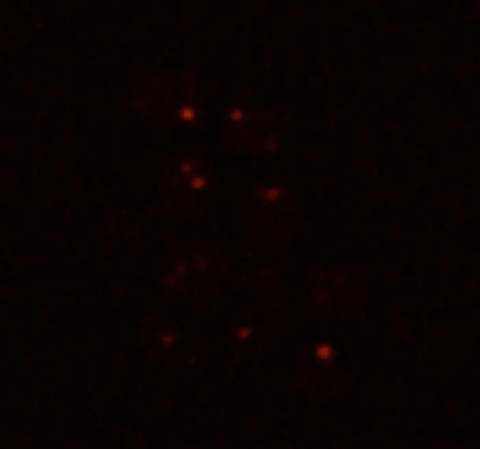Any life on Mars in the past, present, or future would have to contend with challenging conditions including, among others, shock waves from meteorite impacts and soil perchlorates—highly oxidizing salts that destabilize hydrogen bonds and hydrophobic interactions.

Purusharth I. Rajyaguru and colleagues subjected Saccharomyces cerevisiae, which is a widely used model yeast, to shock waves and perchlorates. The authors chose the yeast in part because it has already been studied in space.
READ MORE: From Earth to space - exploring fungi in extraterrestrial environments
READ MORE: From Earth to space: the journey of microbes and their survival mechanisms
When stressed, yeast, humans, and many other organisms form ribonucleoprotein (RNP) condensates, structures made of RNA and proteins that protect RNA and affect the fates of mRNAs. When the stressor passes, the RNP condensates, which include subtypes known as stress granules and P-bodies, disassemble.
The authors simulated Martian shock waves at the High-Intensity Shock Tube for Astrochemistry (HISTA) housed in the Physical Research Laboratory in Ahmedabad, India.
Slowed growth
Yeast exposed to 5.6 Mach intensity shock waves survived with slowed growth, as did yeast subjected to 100 mM sodium salt of perchlorate (NaClO4)—a concentration similar to that in Martian soils.
Yeast cells also survived exposure to the combined stress of shock waves and perchlorate stress. In both cases, the yeast assembled RNP condensates. Shock waves induced the assembly of stress granules and P-bodies; perchlorate caused yeast to make P-bodies but not stress granules.
Mutants incapable of assembling RNP condensates were poor at surviving the Martian stress condition. Transcriptome analysis identified specific RNA transcripts perturbed by Mars-like conditions.
According to the authors of the study, published in PNAS Nexus, the results show the importance of yeast and RNP condensates in understanding the effects of Martian conditions on life.







No comments yet